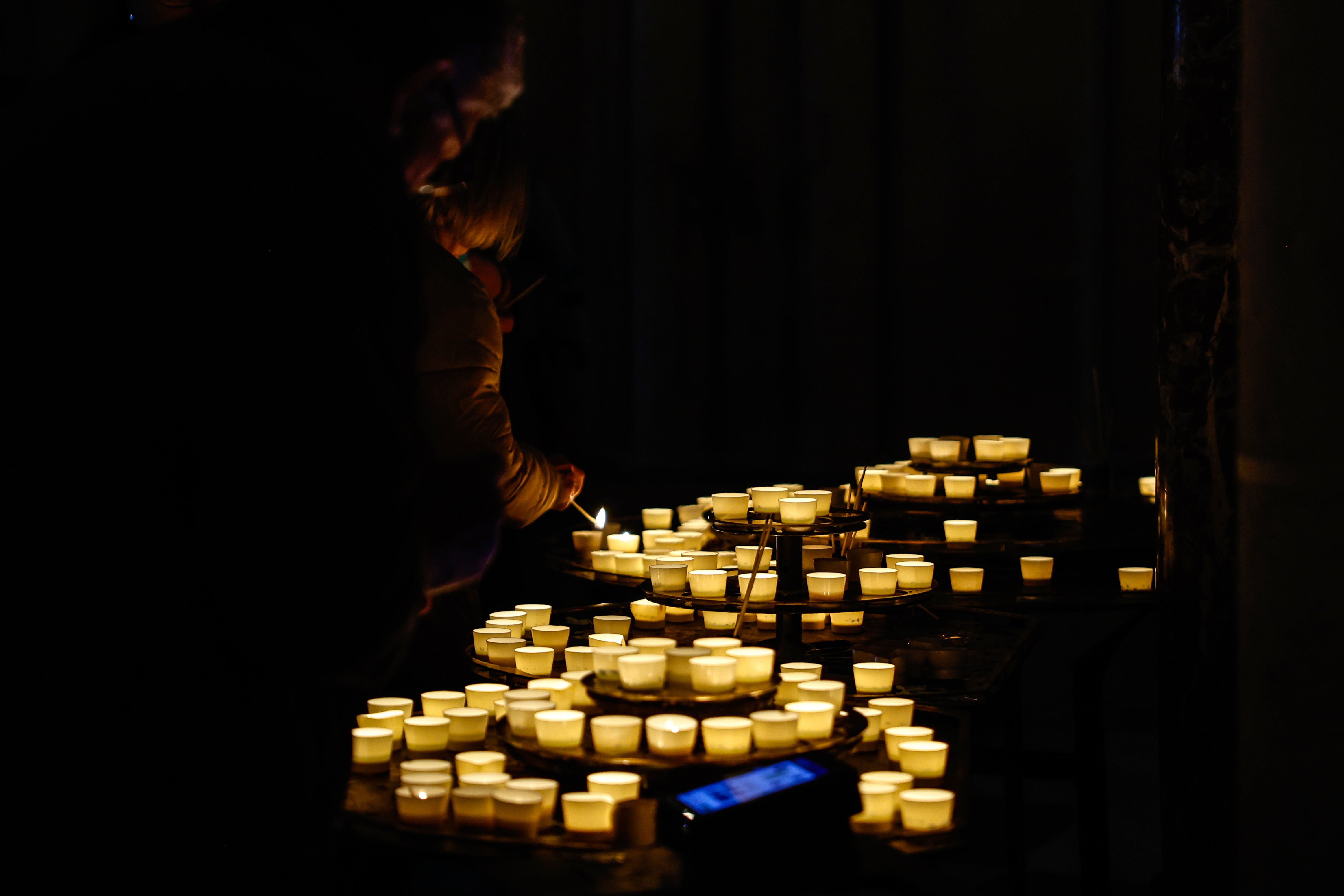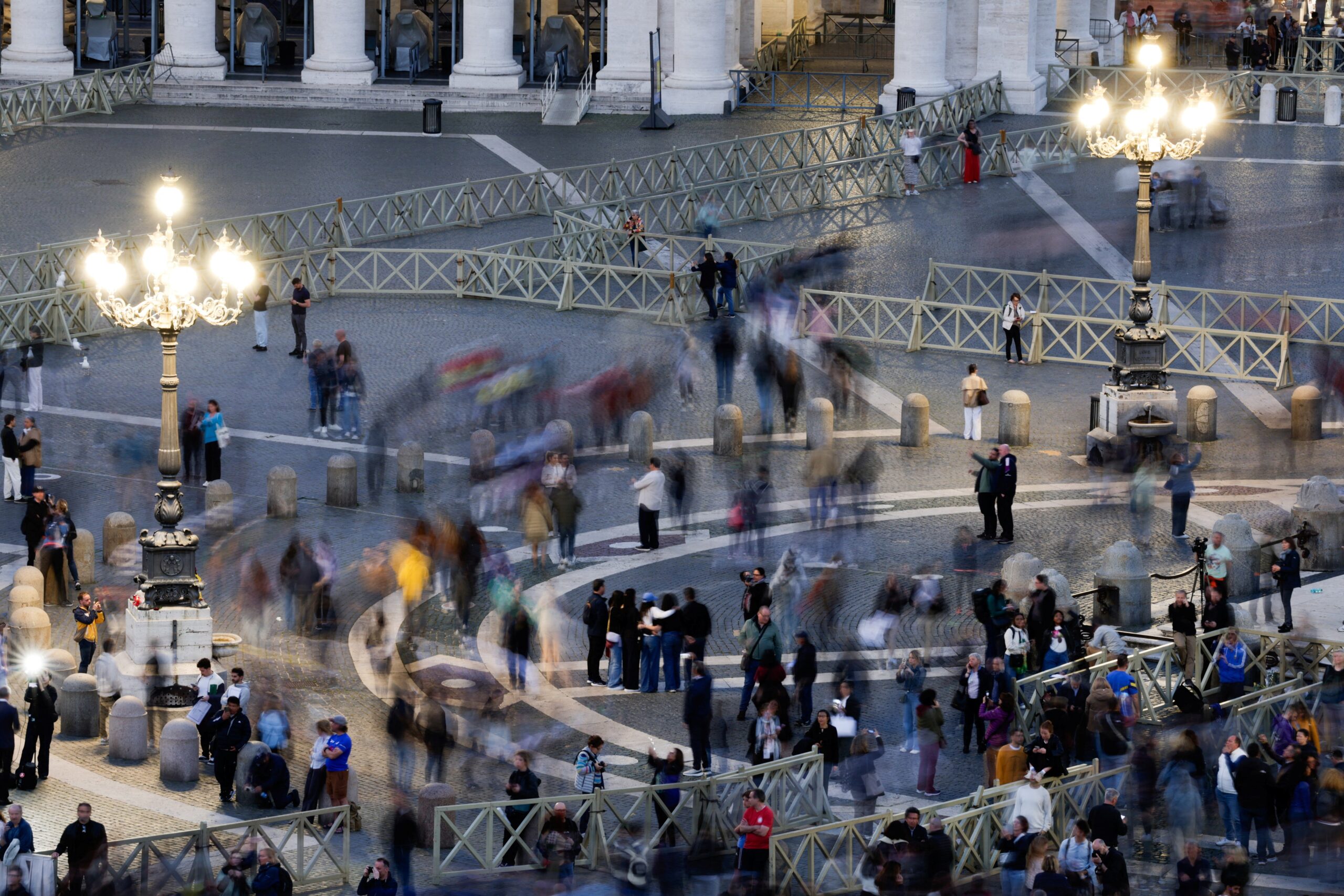Pope Francis died following a cerebral stroke that led to a coma and irreversible heart failure, the Vatican has said.
In his final testament, the pontiff expressed his wish to be buried at the Basilica of Saint Mary Major in Rome, and not at St. Peter’s Basilica in the Vatican like many previous pontiffs.
The will specified that Francis wanted to be buried “in the ground, without particular decoration” but with the inscription of his papal name in Latin: Franciscus.
King Charles and US president Donald Trump led the tributes for the 88-year-old, who was the head of the Catholic church for 12 years.
The pope was hospitalised for several weeks in February, after suffering from a bout of double pneumonia. He returned to the Vatican in mid-March to recover.
Pope Francis, originally from Argentina and the first pope from Latin America, led the 1.4 billion-member church since 2013.
What time did Pope Francis die?
The Pope died on Monday morning, at just after 7:30am.
In a statement from Cardinal Kevin Ferrell, the Vatican camerlengo, his time of death was confirmed.
The senior Vatican official said: “At 7:35 this morning, the Bishop of Rome, Francis, returned to the home of the Father.
“His entire life was dedicated to the service of the Lord and of his Church.”
Video obituary | Pope Francis dies aged 88 after double pneumonia battle
What is “sede vacante”? The period between popes
Following the pope’s death, the Catholic Church has now entered a period called “sede vacante”, or “empty seat”, during which there is no Pope sitting on the throne of St Peter.
During this transition period, one cardinal takes charge – the Camerlengo, or chamberlain.
Cardinal Kevin Farrell, the Camerlengo, announced the pope’s death early this morning.
As camerlengo, he will have stood over the papal body this morning and ceremoniously called the pope’s baptismal name three times.
When there is no response to the calls, the pope is officially pronounced dead, according to tradition.
After this, the death certificate is written and the papal apartments are sealed by the Camerlengo.
The Camerlengo then takes possession of the pope’s signet ring, which is broken apart with shears to prevent them from being used by anyone else.
During this time, the Camerlengo will oversee the Holy See’s financial and administrative duties until a new pope takes over.
Pictured | Rosary for Francis in St. Peter’s Square


Full obituary | Pope Francis: The first Latin American and Jesuit to lead the Roman Catholic Church
Eiffel Tower goes dark in a tribute to Pope Francis
With clouds descending over the last glimmer of the setting sun, the Paris monument extinguished its sparkling lights for a moment of memory.
Bells tolled across predominantly Catholic France when the pope’s death was announced, including at the recently restored Notre Dame Cathedral. Grieving Catholic believers and tourists paid respects as the cathedral held special Easter Monday services.
Notre Dame rector Olivier Ribadeau Dumas recalled how Francis was “the pope of the poor. He is the one who invited us to live the Gospel in its radical form.”

What is a Conclave? Process to select a Pope explained after Francis death
South Sudan recalls ‘a profound act of humility’
The South Sudan Council of Churches has said it remembers with gratitude Francis’ visit to the country and his “dedicated efforts to promote healing and unity among our leaders.”
The pope once famously knelt and kissed the feet of rivals President Salva Kiir and deputy Riek Machar, which the council called “a profound act of humility.”
Pope Francis’s will in full: Pontiff’s final wishes and place of burial
The pope’s apartment is sealed with a red ribbon and wax
Closing up the pope’s formal apartment at the Apostolic Palace is a key part of Catholic tradition declaring a “sede vacante” or vacant see — the period between the death of one pope and the election of another.
Officials draped a red ribbon through the door handles on Monday afternoon, then poured liquid wax on the bow and impressed Francis’ papal seal on the wax to hold the knot.
As Catholic leaders sealed his formal apartment, it wasn’t immediately clear if they also closed off Francis’ other apartment in the Domus Santa Marta.
Following his 2013 election, Francis chose to live there rather than the Apostolic Palace, taking up residence in a two-room suite on the second floor.
The hotel is for visiting priests and guests, as well as a residence for some priests who work at the Vatican.
Source: independent.co.uk



